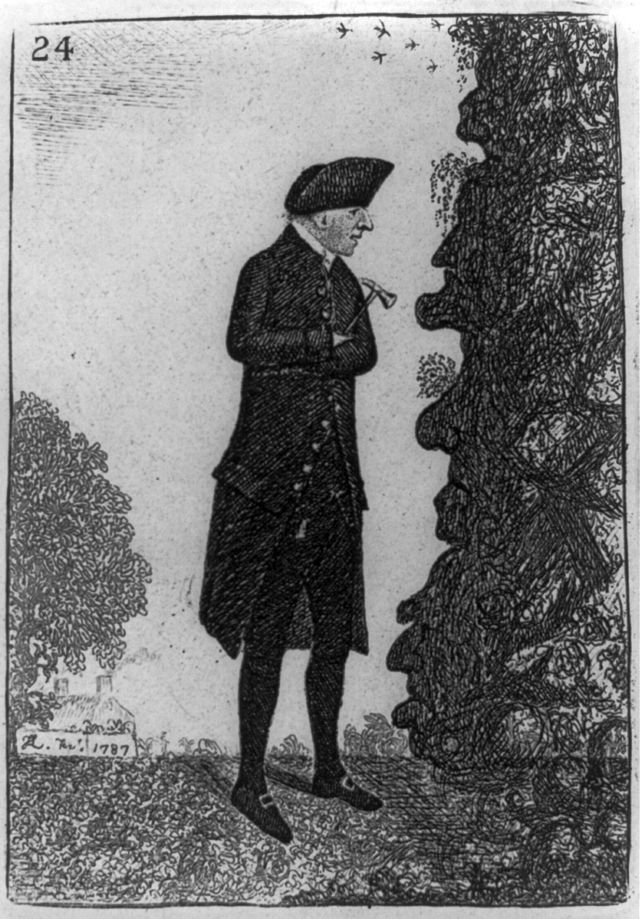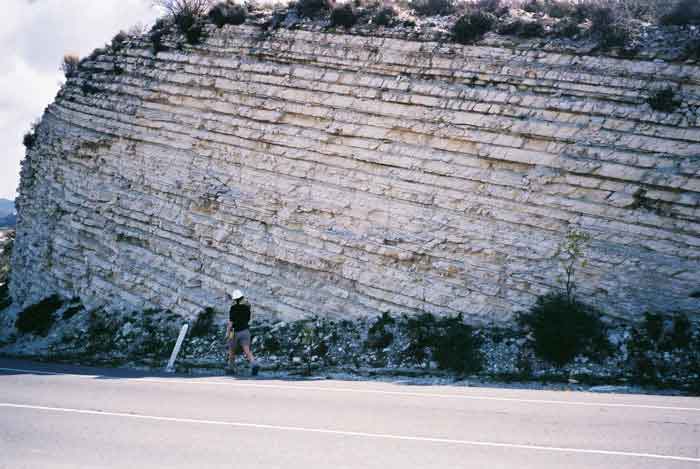Stratigraphy
Now, with a basic understanding of rocks and minerals we can consider how geological features (and in particular sedimentary rocks) are arranged in the real world. This is the science of Stratigraphy [audio]. Stratigraphy studies how rock layers (beds or strata) are arranged and is a key concept in the interpretation of the passage of geological time.
In the next few pages we will concentrate on using the 4 Basic Principles of Stratigraphy:
1. Principle of Superposition
2. Principle of Original Horizontality
3. Principle of Lateral Continuity
4. Cross-Cutting Relationships
The first three of these principles were outlined by Nicholas Steno, a Danish anatomist and geologist, in the late 1600s. James Hutton applied all four in his ground-breaking analysis of the famous Siccar Point outcrop (to be discussed in a subsequent section).
In the next few pages we will concentrate on using the 4 Basic Principles of Stratigraphy:
1. Principle of Superposition
2. Principle of Original Horizontality
3. Principle of Lateral Continuity
4. Cross-Cutting Relationships
The first three of these principles were outlined by Nicholas Steno, a Danish anatomist and geologist, in the late 1600s. James Hutton applied all four in his ground-breaking analysis of the famous Siccar Point outcrop (to be discussed in a subsequent section).
 Figure 1.15 Nicholas Steno (1638 - 1686), a Danish pioneer in anatomy and geology. Image from Wikipedia. |  James Hutton (1726-97) in the field. Illustration in: Original Portraits and Caricature Etchings, 1877, v. 1, oppos. p. 55. From Wikipedia. |

